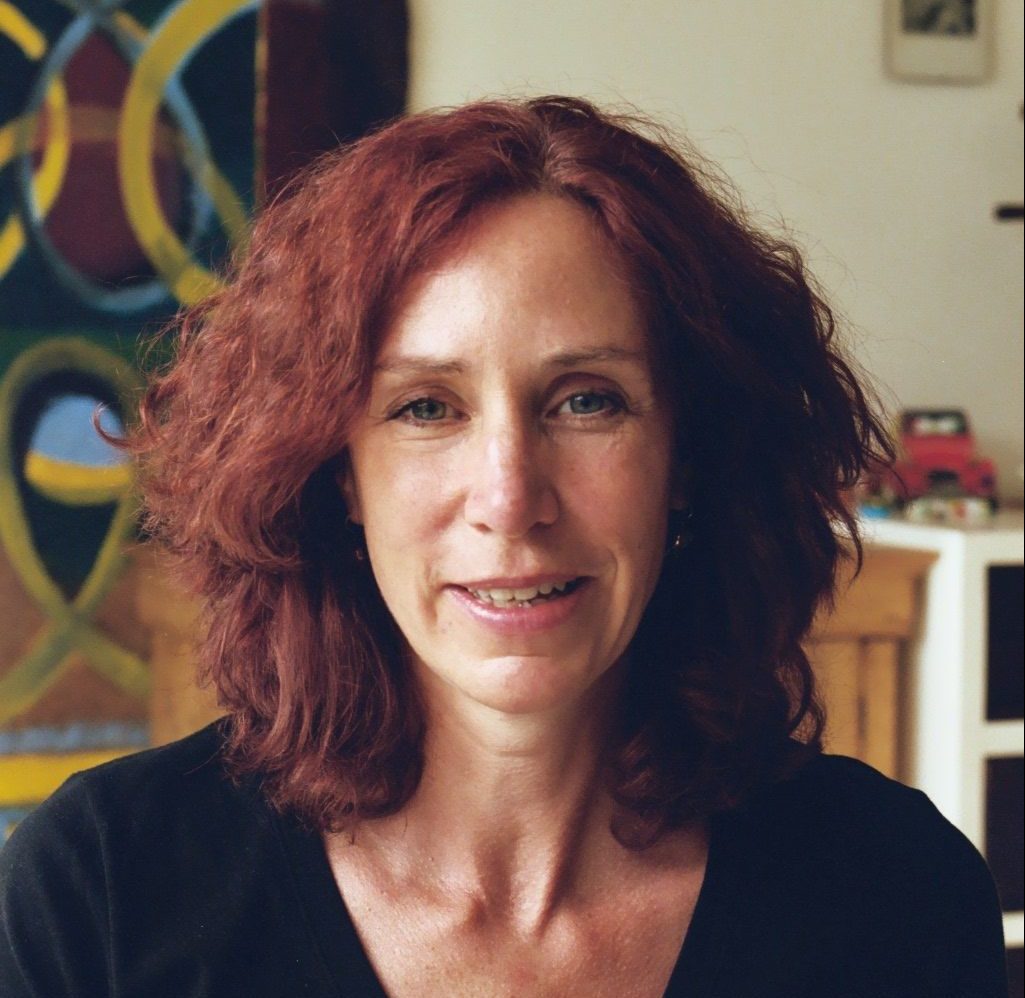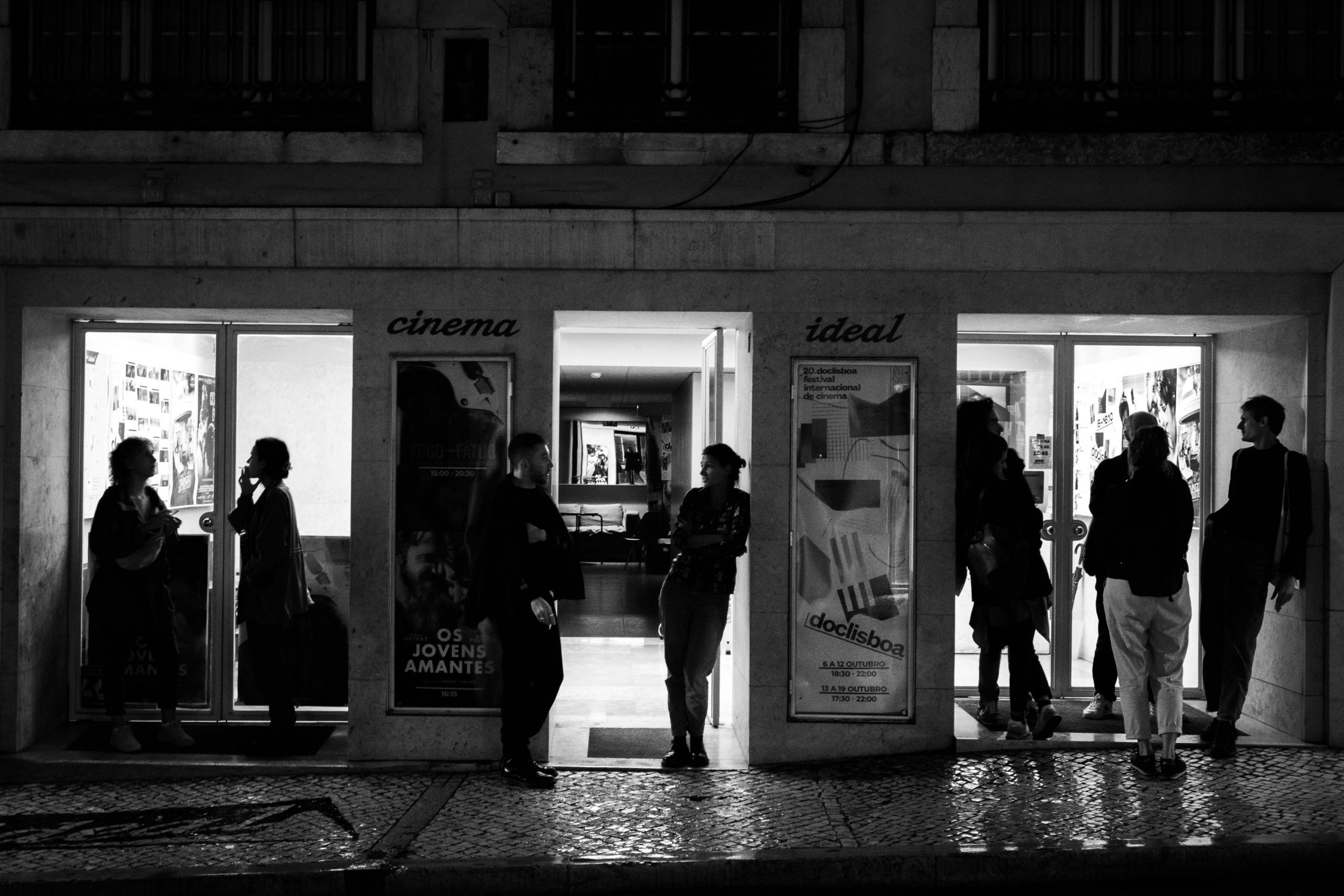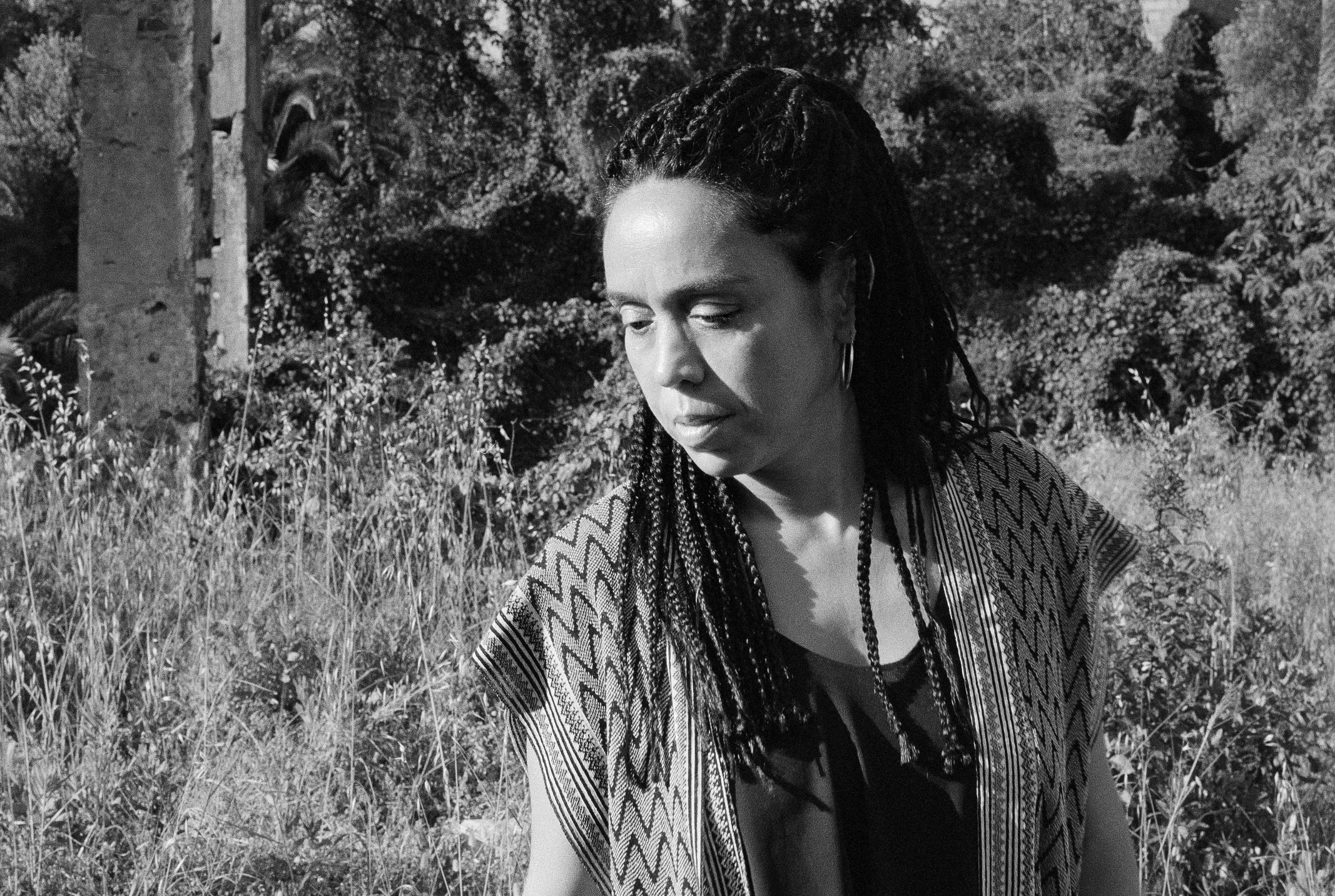Your film observes a giant army of ‘Chinese Crabs’ [Eriocheir sinensis] as they depart the sea to ‘invade’ inland Belgium. Through doing so, the film reflects upon on so many things through subtlerence and creative editing – migration, East/West relations, ecology and the anthropocene, life/death – with the crab-protagonists becoming an existential metaphor within a film whose plot can feel almost like science fiction. What first drew you to making a film with the Chinese Crab as its star, and how did the project develop from initial inspiration into the completed work that will premiere at Doclisboa?
One day in 2016 I heard on the radio that Chinese crabs invaded a city in Flanders and paralyzed the filters of a nuclear power plant. It challenged me because it revealed the fragility of human constructions and forced us to ask ourselves a series of current questions; that of cohabitation with animals, the definition of “pests”, the effects of globalization, migration and dysfunctions in our way of living and thinking.
I met scientists and people from the invaded city who told me how things had happened. I discovered the extraordinary epic of these crabs and I got to know them.
I wanted to multiply the points of view and film the people they meet during their journey: a former lock keeper, and Chinese exiles who paint and eat them. I remembered my own relationship with animals as a child who did not pose barriers with them, and I integrated two little girls.
The film was made over a long period of time. I wanted us to feel the movement of migration, the stubbornness of crabs to overcome obstacles in landscapes damaged by man. We filmed over several seasons, which gave me time to reflect, to imagine new situations and to do aesthetic research in terms of frames, light, night shots, reflections on the water, tracking shots on the rivers. I wanted to gradually get closer to the crabs and make their world felt, without accessing it completely because they remain mysterious.
During editing, I wanted to build this film as a journey that is both real and imaginary, an inner journey that works on emotion and sensuality, and that makes you think.
You shoot the crabs in a very anthropomorphic way, giving them personalities somewhere between humans and alien invaders. Alongside the crustaceans you observe some humans, who in turn feel documented a little like scientific specimens, and help the film reflect upon the symbolic significance of these animals.
How did you find and cast the humans in your film, and what influence did they have on its construction and development?
Humans have always seemed to me as strange as other animals. And I also believe that, even if crabs are both radically other, they share common things with us, such as a sensitivity, an awareness, a certain form of attention and reactivity to the world, to survive. This is why I wanted to film them with the same attention as humans, with empathy.
Most of the filming took place during the Covid and everything was closed. It really conditioned it. People were afraid of us or didn’t want to see us because you could only see one person outside the household. It was therefore necessary to deal with these difficulties.
I had met Viktor, the lock keeper, in Aarschot when I was scouting the locals. The house where he lived had been invaded and there were still dead crabs in the cellar. Three years later he had moved but we filmed his view of the places that evoke memories, images, and I wrote a text that condenses the events, said in Flemish by a professional actor.
I didn’t know the 2 girls, Loris and Ihsen, but their father had worked on the Chinese crabs, which made it easier to shoot at their house in times of Covid. To put them at ease and get to know them, I made them chat in Flemish, outside, with Viktor and discover the crabs. Since they were different ages, they had different looks that interested me. Later, I proposed situations to them and I let them improvise, act, react and leave in their imagination as they would do spontaneously in this kind of situation. They lent themselves to the game and since they knew each other well, they could be natural together and even argue.
For Chinese exiles, I met Zhengyi, a Chinese professor at university. We talked a lot and prepared the shoot, she taught me a lot about Chinese culture, and she organized a crab meal, before the Covid, for friends as she usually does on the full moon in autumn. They improvised conversations in their language and sang the songs they sing during these meals.
You have studied film directing, editing and philosophy, attended classes with master anthropologist and filmmaker Jean Rouch, have made fiction films using documentary tools and also have a practice as a photographer and as an author of novels and poetic texts. All of these elements appear very much present in Such A Long March. What do you feel your film takes and implements from this range of practices and experiences, and how?
It is difficult to answer this question because everything is mixed up. I try to make films that are both philosophical and concrete, nourished by thought and observation, critical gaze and sensuality, lived adventures and relationships. I need to confront reality with all its hazards, surprises and encounters, even difficult ones, while having an underlying questioning, otherwise it’s just entertainment.
As with writing, I try to remain in evocation and to work with emotions, avoiding didacticism and certainties. For “Such a long walk” I first wrote a film project, and as the funding was long, I wrote a book, “A few steps aside”, released in 2020, a text between prose and poetry, which in turn served as a basis for making my film.
I like to decenter myself and look at the world as an ethologist. I make hybrid films, between fiction and documentary, with, I hope, Rouch’s freedom, because I don’t want to bend reality to my sole desire. I provoke situations which explore new potentialities, which transform myself and others by giving them the possibility of inventing and improvising in their own language.
I have a somewhat animist relationship with the world, so we filmed the places, the landscapes and the natural elements that influence the life of the crabs, such as light, the passage of the seasons, the movement of the moon, water, the clouds etc… by not considering them as simple decorations, or decorative elements, but by restoring their importance and vitality.
The aesthetics of the film are important, which no doubt comes from my interest in painting and the work of photography: attention to frames, light, colors, a slight stylization of reality.
And we worked on the soundtrack like a musical score.









